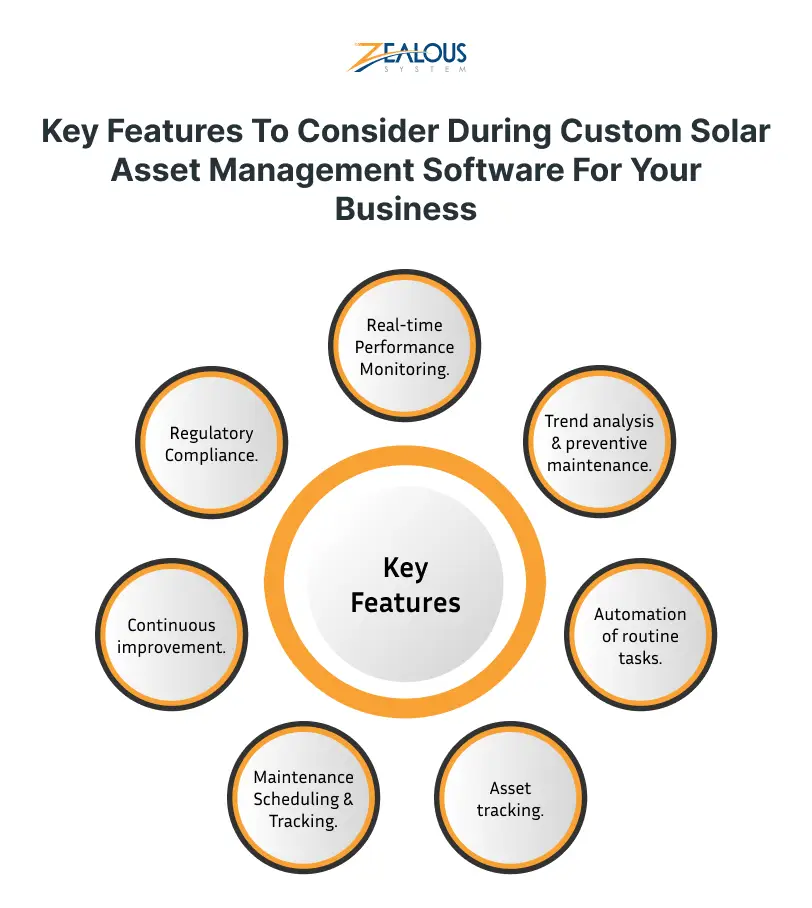
- Company
- Services
- UI/UX Design Services
- Microsoft Dynamics 365
- Mobile App Development
- AI Software Development
- Web App Development
- Generative AI Development
- Digital Product Development
- Enterprise Mobility
- SaaS Application Development
- Application Integration
- White-label WP Maintenance
- ERP Software Solutions
- Software Testing
- Offshore Development Center
- Let’s Connect
- Trending
- Technology
- Industry
- Build Your Team
- Our Work
- Company
- Services
- UI/UX Design Services
- Microsoft Dynamics 365
- Mobile App Development
- AI Software Development
- Web App Development
- Generative AI Development
- Digital Product Development
- Enterprise Mobility
- SaaS Application Development
- Application Integration
- White-label WP Maintenance
- ERP Software Solutions
- Software Testing
- Offshore Development Center
- Let’s Connect
- Trending
- Technology
- Industry
- Build Your Team
- Our Work
We use cookies and similar technologies that are necessary to operate the website. Additional cookies are used to perform analysis of website usage. please read our Privacy Policy
Solar Asset Management Software Development- In-depth Guide by Industry Experts

In today’s world, where there’s a growing focus on sustainability, the use of solar technology, especially solar panels, is on the rise. This shift towards cleaner energy has given rise to the importance of solar asset management software.
A solar asset management software plays a crucial role in using real-time data to help make informed decisions about maintaining, repairing, and optimizing solar energy systems. It essentially helps users predict potential issues, extend the lifespan of equipment, and get the most out of energy production.
In this blog, we’ll explore the significant role of solar asset management software, outline its various benefits, and provide a step-by-step guide created by our expert developers to help you develop this essential technology.
Let’s explore
What is Solar Asset Management Software?
In simple words, Solar Asset Management Software (SAMS) is a specific type of software designed to make managing solar energy projects, like solar panels or solar farms, more efficient and profitable.
The primary goal of Solar Asset Management Software is to enhance the efficiency, performance, and profitability of solar energy projects.
The Role of Solar Asset Management Software
Solar asset management software plays a crucial role in optimizing the performance and efficiency of solar energy systems. This software is designed to provide:
Real-time Performance Monitoring:
Solar Asset Management Software enables real-time monitoring of solar assets by collecting and analyzing data from components like panels and inverters. Tracking KPIs such as energy production and equipment health provides insights, allowing prompt identification of issues and proactive maintenance to minimize downtime and maximize energy yield.
Data-Driven Decision
Data without insights is like a pile of unmined gems. Solar asset management software doesn’t just collect data; it transforms it into actionable intelligence. The software analyzes historical trends, identifies patterns, and predicts future performance. This empowers you to make informed decisions about everything from maintenance schedules to energy storage strategies.
Strategic Asset Optimization:
Another role of solar asset management software is to facilitate strategic asset optimization by providing a comprehensive overview of the entire solar energy portfolio. This involves analyzing data at the portfolio level to identify trends, compare performance across different sites, and assess the overall health of the assets.
Why Investing in Solar Asset Management Software Development Pays Off:
There are many reasons why your investment in a solar asset management system will give back, some of them are:
1. Ease Of Operations
Solar asset management software streamlines operations by automating tasks such as performance monitoring, maintenance scheduling, and data analysis. This improves overall efficiency, reduces downtime, and allows for proactive management, ultimately increasing productivity in solar energy operations.
2. Real-time monitoring
Another reason to invest in solar asset management is this software promotes real-time monitoring of solar assets, allowing quick identification and resolution of issues. This not only minimizes maintenance costs but also maximizes energy production, leading to improved return on investment (ROI).
3. Sustainability factors
Solar asset management software also contributes to the sustainability of solar energy projects by optimizing system performance. Through continuous monitoring and analysis, the software ensures that solar assets operate at their maximum potential, increasing the overall contribution of solar energy to the power grid and reducing dependence on non-renewable sources.
Key Features To Consider for Custom Solar Asset Management Software For Your Business
As a custom solar asset management software development company, here are key features that we include in our solar system software:
1. Real-time Performance Monitoring:
When developing your solar asset management software, prioritize the integration of a live dashboard that helps you to instantly identify any underperforming panels or systems. This key feature empowers you to make real-time adjustments based on live weather conditions and grid demand, ensuring optimal energy production and system efficiency.
2. Trend Analysis and Preventive Maintenance:
Ensure your software includes robust capabilities for proactive maintenance scheduling by leveraging historical and current data. This functionality allows you to efficiently allocate resources by prioritizing tasks based on actual needs, leading to a reduction in downtime and maximizing return on investment.
3. Automation of Routine Tasks:
In your custom solar asset management development process, make it a point to automate routine tasks such as data collection, report generation, and critical event alerts. This automation not only saves you valuable time but also ensures a swift and timely response to potential issues, minimizing the impact on your solar assets.
4. Asset Tracking:
Develop a comprehensive asset-tracking system within your software. This key feature of your solar asset management software should include detailed inventory management, providing information on the location, serial numbers, and maintenance history of each solar asset. Additionally, consider incorporating geospatial mapping for easy visualization and identification of asset locations.
5. Maintenance Scheduling and Tracking:
Also, it’s important to enable proactive maintenance scheduling by integrating features that consider usage patterns and predictive insights. Your solar asset management software should offer a streamlined system for work order management and spare parts inventory, ensuring a well-organized and efficient approach to maintenance tasks.
6. Continuous Improvement:
When developing your custom solar asset management software, include benchmarking tools that allow you to compare your system’s performance against industry standards. This feature of your solar management system allows you to identify areas for improvement and make informed, data-driven decisions regarding system upgrades and operational changes.
7. Regulatory Compliance:
To streamline your compliance efforts, ensure your solar asset management software includes automated reporting features. This functionality will help you generate the necessary reports automatically, saving time and ensuring accuracy. Additionally, consider integrating checklists and reminders within the system to facilitate easy tracking and management of compliance tasks.
Developing Solar Asset Management Software: Step-by-Step Guide
The journey of developing solar asset management software requires a well-structured approach. Follow this step-by-step guide to ensure a seamless process:-
Step 1: Define Clear Objectives
Start by outlining the goals and functionalities of your solar asset management software. Identify key features like performance monitoring, fault detection, maintenance scheduling, and reporting. Understanding the end-user requirements will be the foundation for your development process.
Step 2: Research and Understand the Solar Industry
The next step in developing custom solar asset management software is to gain a deep understanding of the solar energy industry. Familiarize yourself with industry standards, protocols, and best practices. This knowledge will be crucial in designing a system that aligns with the specific needs and challenges of solar asset management.
Step 3: Choose the Right Technology Stack
After thoroughly understanding the industry, select a technology stack that best suits the requirements of your solar asset management software. Consider using scalable and reliable frameworks, languages, and databases. Integration capabilities with third-party tools and APIs should also be a priority.
Step 4: Design a User-Friendly Interface
Develop an intuitive user interface for your solar asset management software. Prioritize simplicity and functionality, ensuring that users can easily navigate through the system. Visualization tools for data analysis and reporting can enhance the overall user experience.
Step 5: Implement Data Security Measures
In any development process, security is important, especially when dealing with sensitive data. Implement robust security measures to protect user information and system integrity and prevent unauthorized access. Encryption, secure APIs, and regular security audits should be part of your strategy.
Step 6: Integrate Real-Time Monitoring
When developing your solar asset management software, integrate real-time monitoring capabilities to track the performance of solar assets. Utilize sensors, IoT devices, or data feeds from solar panels to provide accurate and up-to-date information. Also, consider implementing anomaly detection algorithms for early fault identification.
Step 7: Develop a Comprehensive Reporting System
You must also consider designing a reporting system that provides valuable insights into the performance of solar assets. Customizable reports, key performance indicators (KPIs), and trend analysis can help users make informed decisions and optimize their solar energy operations.
Step 8: Implement Maintenance Scheduling and Alerts
Also, consider integrating a robust maintenance scheduling system to ensure timely inspections and repairs. Implement automated alerts for system malfunctions, reducing downtime and maximizing the efficiency of solar assets.
Step 9: Test Thoroughly
This is the most important stage of your solar asset software development process. Do not skip conducting rigorous software testing at each development stage. Perform unit testing, integration testing, and system testing to identify and rectify bugs and issues promptly. Real-world simulation and user acceptance testing will help ensure the software’s reliability.
Step 10: Continuous Improvement and Updates
Solar asset management is a dynamic field, so plan for regular updates and improvements. Gather user feedback, monitor industry tech trends, and adapt your software to meet evolving needs. Continuous improvement is key to the long-term success of your solar asset management software.
Why Choose Zealous for Solar Asset Management Software Development?
When it comes to choosing a partner for developing solar asset management software, Zealous has got your back. As a software solution provider, we are dedicated to delivering high-quality work and have a deep understanding of the solar industry.
Our experienced team of developers has expertise in designing user-friendly interfaces, implementing strong security measures, and using advanced technologies for real-time monitoring and reporting. We do rigorous testing to make sure that every line of code works well in real-world situations.
What makes Zealous special is our commitment to your success. We don’t just provide a product; we offer a comprehensive partnership. We work closely with you, adhere to your unique needs, and customize solar asset management software that not only meets but exceeds your expectations.
Choose Zealous, and together, we’ll guide you to unparalleled success in solar energy management software.
In conclusion,
Solar Asset Management Software (SAMS) stands as a pivotal tool in revolutionizing the efficiency, performance, and profitability of solar energy projects. As the global shift towards renewable energy gains momentum, the importance of effective solar asset management cannot be overstated. SAMS not only provides real-time performance monitoring but also empowers businesses with data-driven decision-making, strategic asset optimization, and enhanced sustainability.
Choosing the right partner for Solar Asset Management Software development is crucial. At Zealous, our commitment to client success, customization based on unique needs, and a comprehensive partnership approach make us a valuable ally in navigating the complexities of solar management software.
We are here
Our team is always eager to know what you are looking for. Drop them a Hi!
Pranjal Mehta
Pranjal Mehta is the Managing Director of Zealous System, a leading software solutions provider. Having 10+ years of experience and clientele across the globe, he is always curious to stay ahead in the market by inculcating latest technologies and trends in Zealous.
Table of Contents
×


Comments